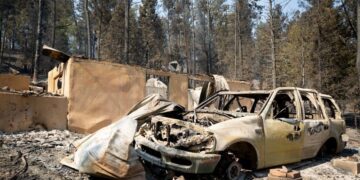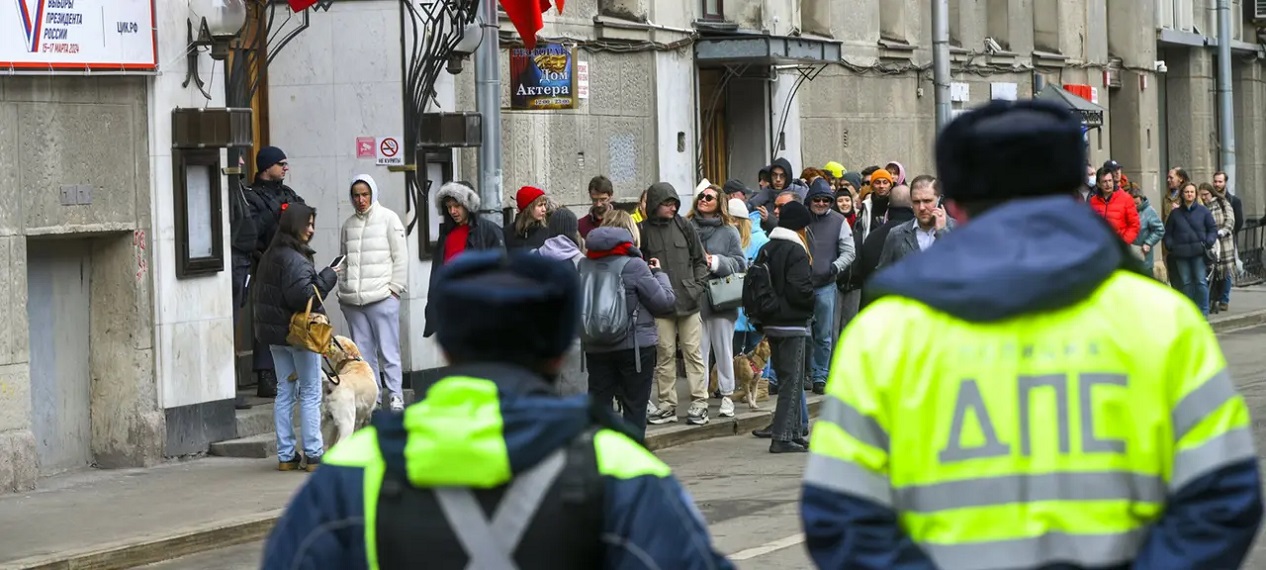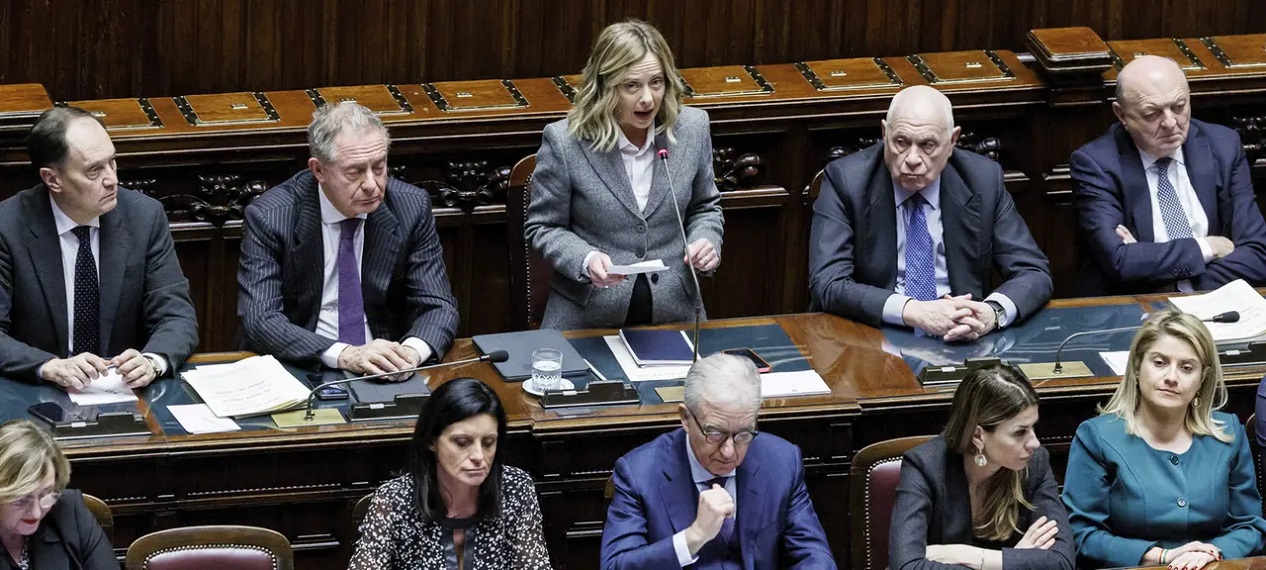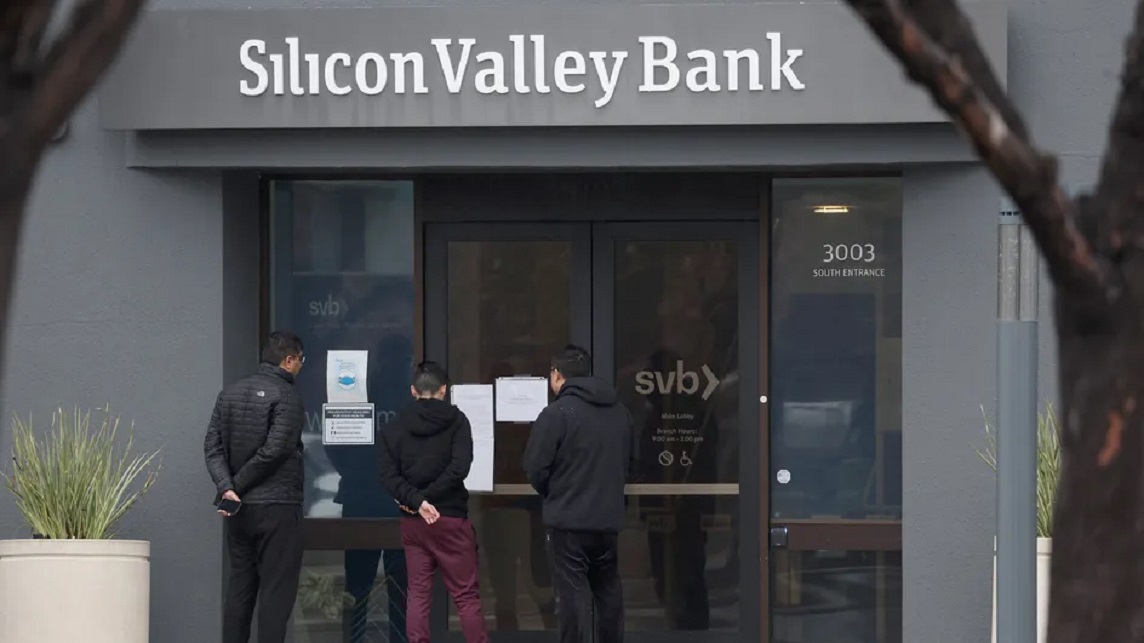Following the collapse of Silicon Valley Bank (SVB) on Friday, March 10, there has been a widespread effort in the United States to prevent any chain reactions. The government in Washington has introduced several initiatives to provide reassurance to companies and individuals. A Silicon Valley Bank branch in Santa Clara, California, on March 10, 2023. (JUSTIN SULLIVAN / GETTY IMAGES NORTH AMERICA via AFP)
A Silicon Valley Bank branch in Santa Clara, California, on March 10, 2023. (JUSTIN SULLIVAN / GETTY IMAGES NORTH AMERICA via AFP)
On Friday, March 10, the American authorities seized control of SVB, the sixteenth American bank that is not well-known to the public, but plays a crucial role in funding startups in the technology industry. Could this event have a ripple effect?
Victim of serious financial difficulties, the SVB was in a state of brain death and it was urgent to act to avoid repeating the 2008 crisis with the bankruptcy of the Lehman Brothers bank which led to the financial crisis that we know.
On Sunday March 12, the regulator quickly closed another problematic establishment: Signature Bank, the 21st American bank, just as fragile as SVB. No way to let the fire spread. The Federal Reserve (the American central bank, the equivalent of our ECB) has undertaken to lend the necessary funds to other banks that need them to honor the withdrawal requests of their customers, individuals and businesses. Finally, while 96% of the money placed with SVB is not covered by the traditional deposit guarantee, the FED promises that all customers will be able to withdraw all of their money if they wish.
Shock wave stopped?
The situation remains very tense. The forced march of rising interest rates to fight inflation puts enormous pressure on banks that lend to their customers for the long term, but borrow for the short term. However, short rates are now much higher than long rates. The deposit banks therefore lose on the exchange. This is what is happening with the Silicon Valley Bank: faced with the temporary difficulties encountered by the technology sector, the start-up clients wanted to withdraw their money, but the SVB no longer had sufficient cash in hand.
Is this a renewal of the 2008 crisis? The situation has nothing to do with the bankruptcy of the Lehman Brothers bank at the time. In the case of SVB, the American authorities very quickly took control of the situation and set up the necessary firewalls. But the importance of the device deployed testifies to the turbulence which threatens the American banking system trapped by the increase in interest rates decided by the FED to fight against inflation. And beyond the banks, many are wondering about the possible repercussions on the entire technology sector, particularly in the face of the heavy investments required in the energy transition.
 A Silicon Valley Bank branch in Santa Clara, California, on March 10, 2023. (JUSTIN SULLIVAN / GETTY IMAGES NORTH AMERICA via AFP)
A Silicon Valley Bank branch in Santa Clara, California, on March 10, 2023. (JUSTIN SULLIVAN / GETTY IMAGES NORTH AMERICA via AFP)











